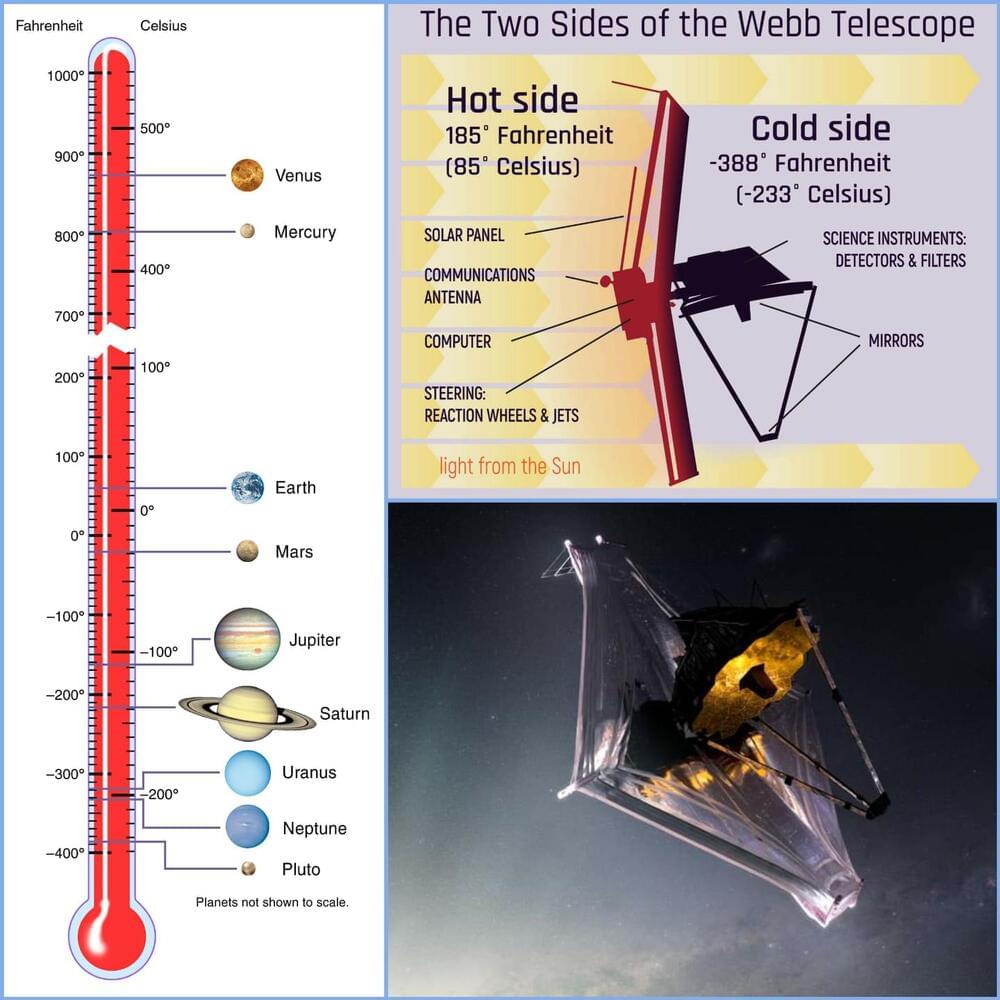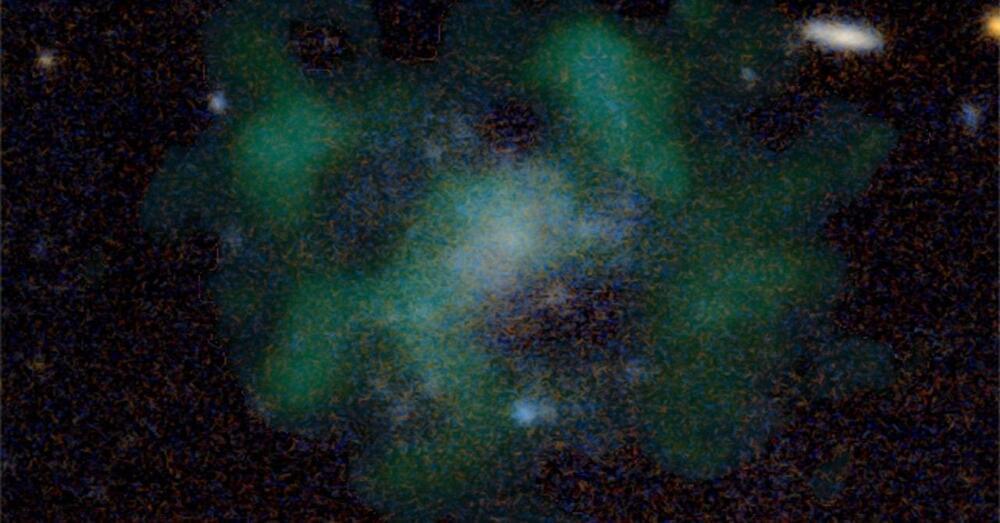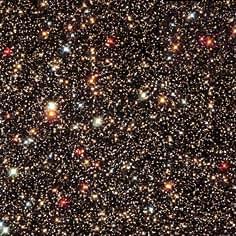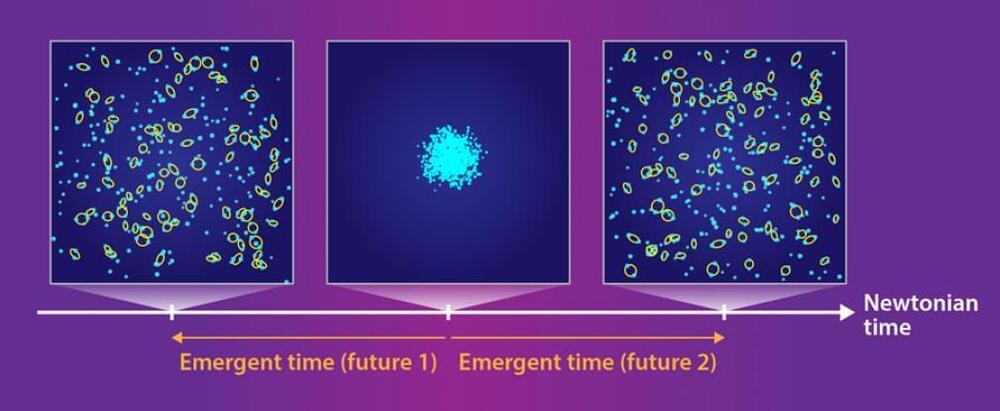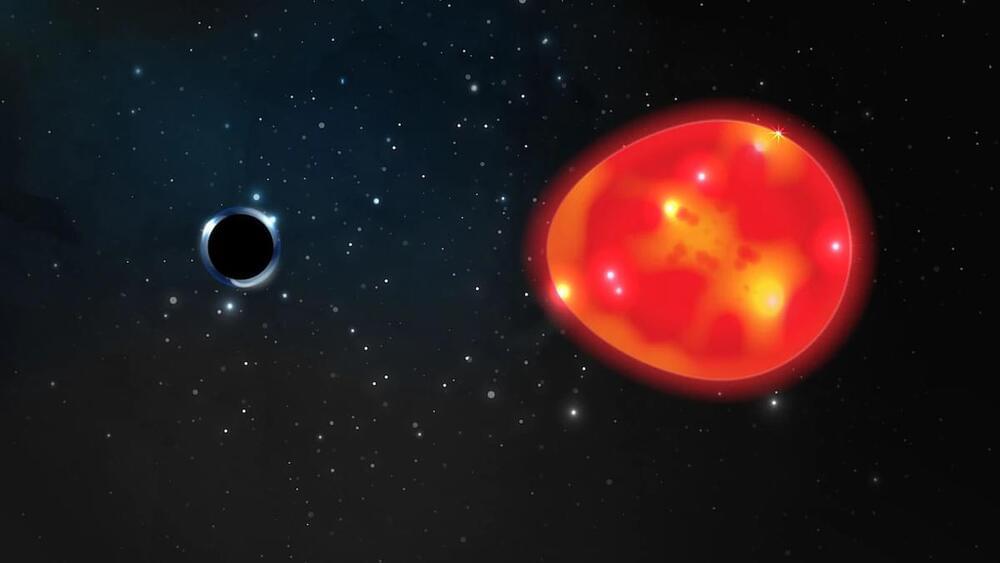JWST operating temperature is less than 50 degrees above absolute zero (−223° C or-370° F) and will be the largest telescope ever placed at that cold temperature (50 Kelvin).
Webb will be able to see what the universe looked like around a quarter of a billion years (possibly back to 100 million years) after the #BigBang, when the first stars and galaxies started to form. JWST will change our view of the cosmos by taking Baby Pictures of #Universe, looking back to big bang.
#JWST is going to be like “Magic spectacles” that allow you to see things that you can’t normally see.
which is the pictures of the infant universe.
#Absolute nature of reality is like an elephant in parable which blind men are not able to understand from their partial experience as current technology and study says that laws of physics are forbidden at extreme limits of absolutes. As at #absoluteZero temperature halts any motion even photon hence zero #SpeedOfLight, on the other hand absolute high temperature at the dawn of the time near big bang twists the space. The answers to the absolute truth lie at these limits of #absolutes.
Going into #fundamental has its immense significance of getting benefits of #absolutism to unravel the mysteries of the universe.
Science Philosophy Singularity.
👇📜📜Read✍Complete📜📜👇 http://sukalyogesh.blogspot.com/2017/09/science-philosophy-s…f.html?m=0
